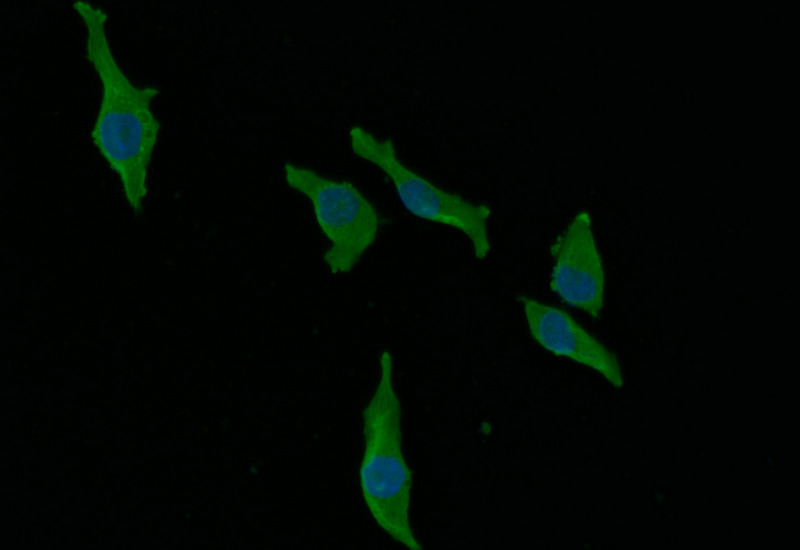The AGO2 recombinant monoclonal antibody expression generally involves inserting the target gene that encodes the AGO2 antibody into expression vectors and then transferring these vectors into host cells via polyethylenimine-mediated transfection. Cells harboring the expression vectors are cultured to produce and secrete the antibodies. Following affinity chromatography purification, these antibodies' activities are assessed by ELISA, IF, and FC tests. They can recognize human AGO2 protein.
AGO2 is a central player in the RNAi pathway, where it associates with small RNA molecules to guide the silencing of specific target mRNAs. This post-transcriptional gene regulation has critical roles in gene expression, development, antiviral defense, and genome stability.





